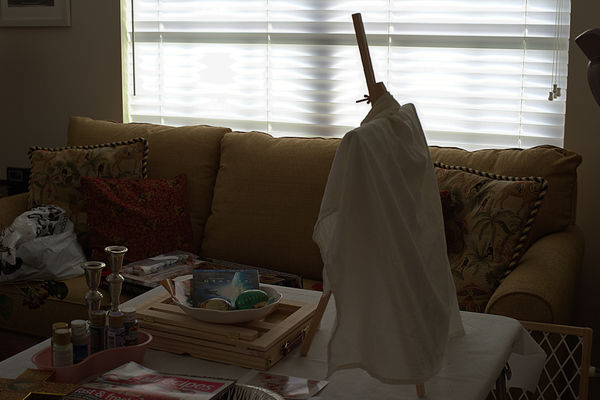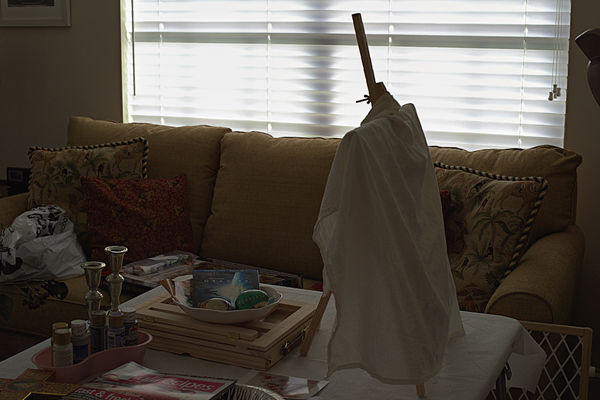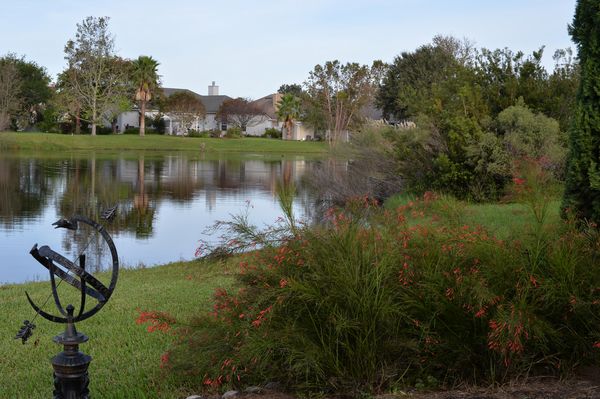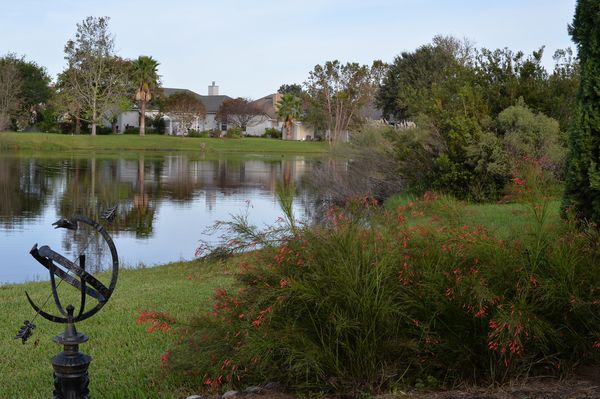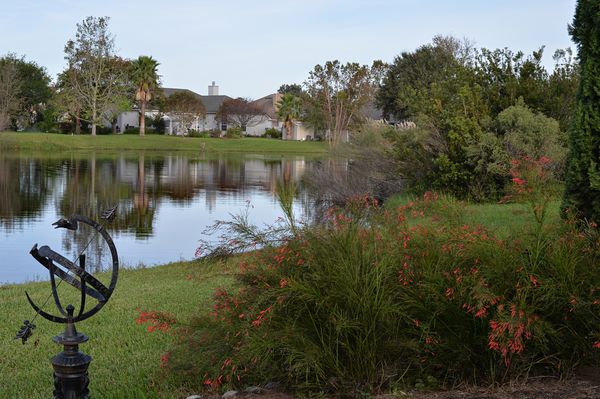Helicon Focus Stacking - details OK, blotchy smooth tones
Oct 20, 2017 11:26:39 #
What am I doing wrong here?
The original raw images were saved as TIFF and the stacking was done with the TIFF versions.
I left all of the Helicon settings at their default values. These four images are reduced in size and converted to JPEG at the end.
The details in the stacked image are sharp as expected. However, the wall and cloth - areas that should have smooth tonality - are blotchy.
The blinds look bad because the highlights are blown.
The original raw images were saved as TIFF and the stacking was done with the TIFF versions.
I left all of the Helicon settings at their default values. These four images are reduced in size and converted to JPEG at the end.
The details in the stacked image are sharp as expected. However, the wall and cloth - areas that should have smooth tonality - are blotchy.
The blinds look bad because the highlights are blown.
Focused on cushions
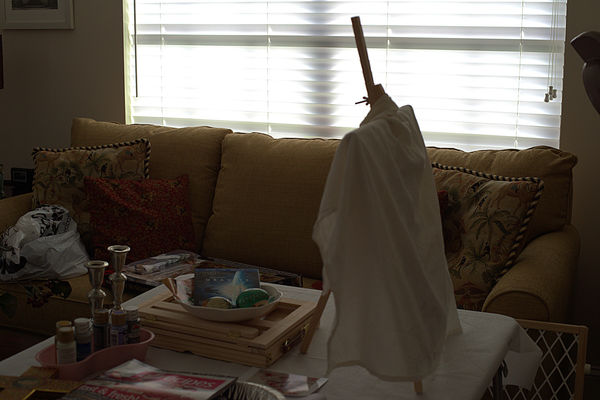
(Download)
Focused on DVD cover
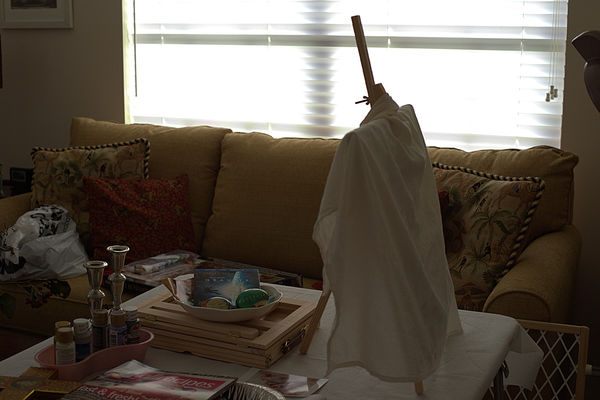
(Download)
Focused on easel
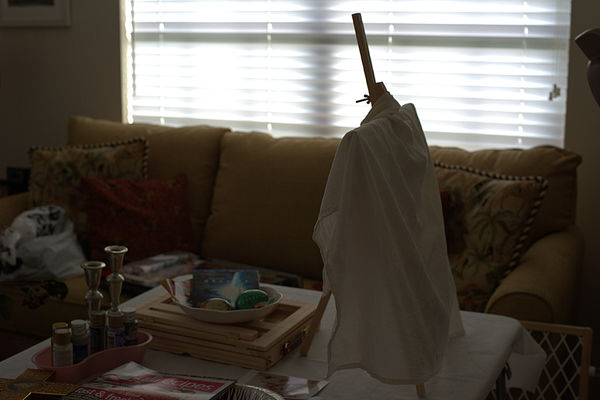
(Download)
Stacked using method B - the default
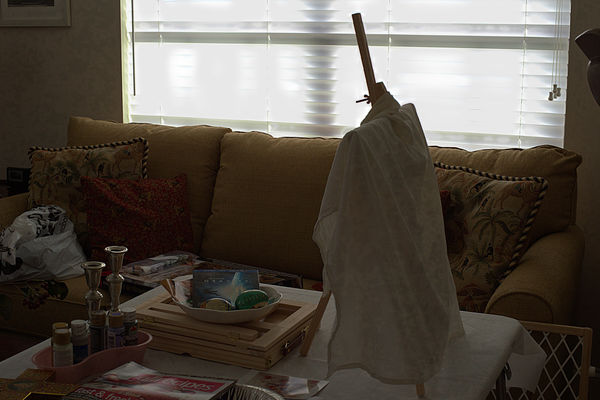
(Download)
Oct 20, 2017 11:38:57 #
Oct 20, 2017 11:47:40 #
Robert Bailey wrote:
I had the impression that Helicon was used for macro focus stacking.
There has been some discussion lately that focus stacking could be used in other situations like closeup, still life and even landscape. That seemed logical so I thought I would check it out.
Oct 20, 2017 12:02:45 #
Robert Bailey wrote:
I had the impression that Helicon was used for macro focus stacking.
I may have found the issue.
The default method seemed to be B (depth map). When I used method A (w.average) and C (pyramid) the problem did not occur.
B might work better for macro.
Oct 20, 2017 13:54:38 #
Oct 20, 2017 14:39:16 #
R.G. wrote:
Method C seems to be the only one that's rendered the blinds properly.
There was no hope for the blinds because the highlights were blown.
Oct 20, 2017 15:48:02 #
Robert Bailey
Loc: Canada
There are some "free" programs out there to do focus stacking, but I haven't tried any.
Photoshop can also do focus stacking.
I haven't had the level of interest to try it so far.
Photoshop can also do focus stacking.
I haven't had the level of interest to try it so far.
Oct 20, 2017 16:09:50 #
Robert Bailey wrote:
There are some "free" programs out there to do focus stacking, but I haven't tried any.
Photoshop can also do focus stacking.
I haven't had the level of interest to try it so far.
Photoshop can also do focus stacking.
I haven't had the level of interest to try it so far.
From what I have read, Helicon seems to be the best and fastest. I don't have the inclination to experiment with a method I might seldom use.
Oct 20, 2017 21:14:47 #
Oct 20, 2017 23:22:01 #
From $30 to $240 depending on the version and the length of the license.
http://www.heliconsoft.com/helicon-focus-licenses-swreg/
http://www.heliconsoft.com/helicon-focus-licenses-swreg/
Oct 21, 2017 06:37:24 #
selmslie wrote:
There was no hope for the blinds because the highlights were blown.
From an exposure point of view, none of them are OK, but the Method C image is the only one that's free from that incongruous, patchy effect.
Oct 21, 2017 07:44:18 #
R.G. wrote:
From an exposure point of view, none of them are OK, but the Method C image is the only one that's free from that incongruous, patchy effect.
My habit of trying it first before reading the documentation let me down. So did picking a scene with an impossible range of brightness.
It turns out the method C is recommended for stacks of 100+ images - clearly for macros, not landscapes.
Method B has its own peculiarities so method A is probably the way to go for landscape.
I will post a better example later.
Oct 21, 2017 09:31:39 #
Here is a more reasonable test without the confusion of a gross exposure error.
I captured three images of an ordinary outdoor scene with a Nikon Df and a 50mm f/1.4 AIS lens at f/8 and 1/1000 sec. The focus for the three images was set to: 1. infinity, 2. the bushes on the shore on the near right and 3. the firecracker blossoms in the foreground.
Of the three methods, C had problems with the slight movement of the blossoms and B rendered them a little more vividly than A.
I would normally use a wider angle lens for landscape which would have naturally provided a greater DOF and where I could probably have gotten away with only two images. An extremely wide angle lens would not have needed stacking at all but a longer focal length might have needed more than three images.
A camera with more megapixels might need to use more images in the stack.
I captured three images of an ordinary outdoor scene with a Nikon Df and a 50mm f/1.4 AIS lens at f/8 and 1/1000 sec. The focus for the three images was set to: 1. infinity, 2. the bushes on the shore on the near right and 3. the firecracker blossoms in the foreground.
Of the three methods, C had problems with the slight movement of the blossoms and B rendered them a little more vividly than A.
I would normally use a wider angle lens for landscape which would have naturally provided a greater DOF and where I could probably have gotten away with only two images. An extremely wide angle lens would not have needed stacking at all but a longer focal length might have needed more than three images.
A camera with more megapixels might need to use more images in the stack.
If you want to reply, then register here. Registration is free and your account is created instantly, so you can post right away.

